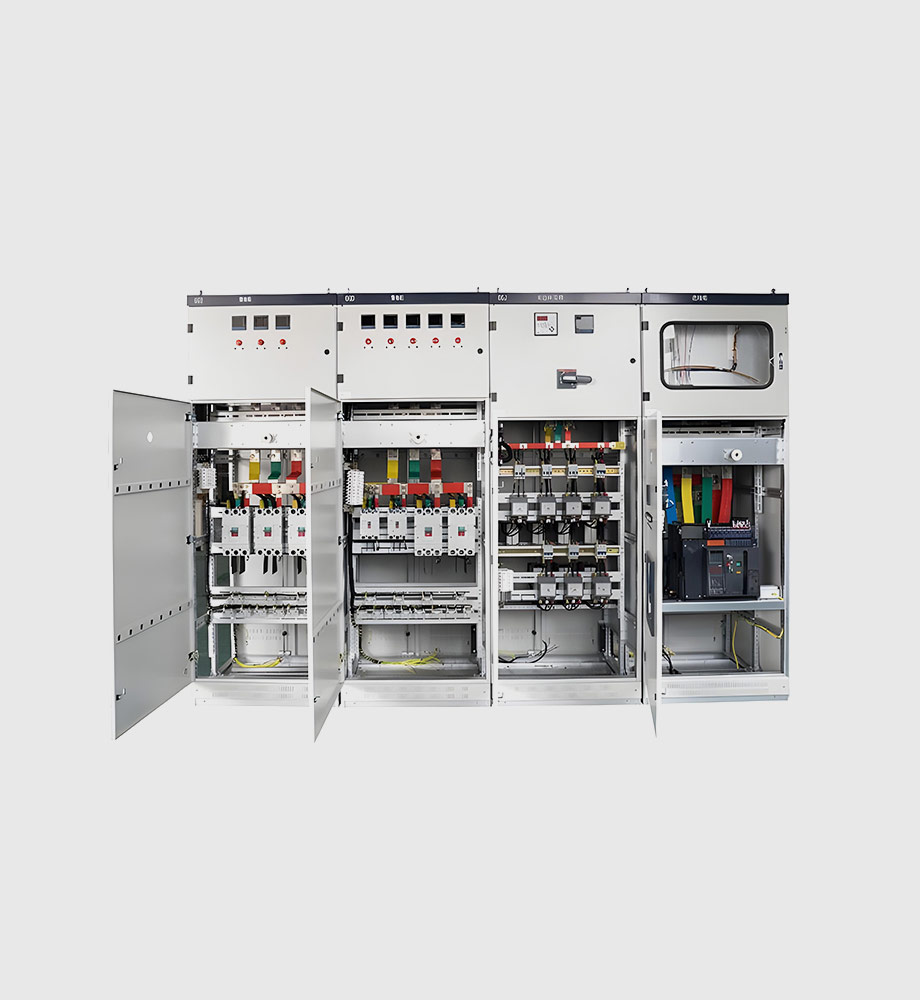Key Features
- Insulating Panels: When non-metallic, made of high-strength thermoset or thermoplastic materials (similar to circuit breaker cases).
- Arc-Flash Containment: Engineered to contain arcs and direct hot gases safely.
- Sealing: Often rated for indoor IP54–IP65, or outdoor NEMA 3R–4X, to protect against dust and rain.
- Mounting Infrastructure: Pre-cut openings and mounting provisions for breakers, meters, and control devices.
Benefits
- Enhanced Safety: Insulated enclosures eliminate risk of electrical conduction through the housing.
- Environment Protection: Keep out water and contaminants, prolonging equipment life.
- Modular Assembly: Sections can be combined to build large gear setups (e.g. MCC cubicles).
Applications
- Medium/Low Voltage Panels: Control and distribution panels in factories, substations, and buildings.
- Hazardous Areas: Explosion-proof or dust-tight housings for volatile industrial settings (often metal, but insulated variants exist).
- Outdoor Substations: Fully sealed switchgear for outdoor power distribution.
Technical Specifications
- Material: Often glass-fiber polyester or flame-retardant plastic.
- Protection Level: Commonly IP54/55 indoors; IP66/IP67 for outdoor rated gear.
- Standards: IEC 62271 (high voltage switchgear), UL 891 (switchboards).
Unique Selling Points (USPs)
- Robust Insulation: Similar materials as MCCB casings ensure high dielectric strength.
- Customization: Can be engineered with viewing windows, interlocks and ventilation as needed for complex power systems.

